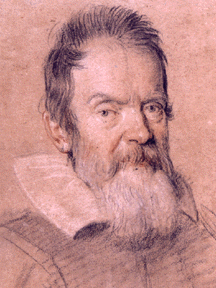Portrait of Galileo Galilei
Ottavio Leoni, Reunion des Musees Nationaux
Galileo Galilei
Galileo Galilei was an Italian astronomer and physicist who lived between 1564-1642. He challenged Aristotle's ancient proposition that heavenly bodies were divine and therefore perfect and blemish-free.
In 1609, Galileo became first person to use a telescope to look at the heavens. He discovered sunspots, and craters and peaks in Earth's moon.
The telescope also allowed Galileo to confirm the work of Copernicus in that the planets circle the Sun (as opposed to all heavenly bodies circling the Earth). Galileo's work offended the Roman Catholic Church and he was convicted of heresy in 1616 by the Inquisition. It wasn't until 1992 that Pope John Paul II announced that the Catholic Church erred in condemning Galileo's beliefs. Sentenced to house arrest for the later years of his life, Galileo is remembered as a martyr for scientific truth.
You might also be interested in:

What types of instructional experiences help K-8 students learn science with understanding? What do science educators teachers, teacher leaders, science specialists, professional development staff, curriculum designers, school administrators need to know to create and support such experiences?
...more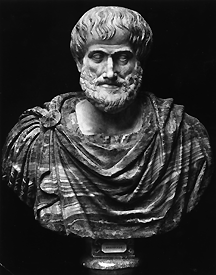
Aristotle was a Greek philosopher who lived between 384-322 B.C. He was one of the greatest thinkers of the world and his written works encompassed all major areas of thought: logic, science, metaphysics,
...more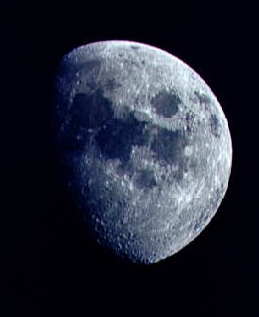
The Earth's one natural satellite, the Moon, is more than one quarter the size of Earth itself (3,474 km diameter), making the Earth-Moon system virtually a double-planet. Because of its smaller size,
...more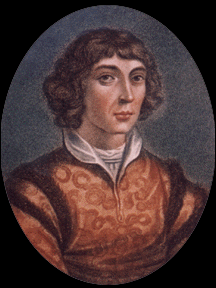
Nicholas Copernicus was a Polish astronomer who lived between 1473-1543. He was born in Torun, Poland to a middle class family. He attended school at Cracow and eventually moved on to Italy where he received
...more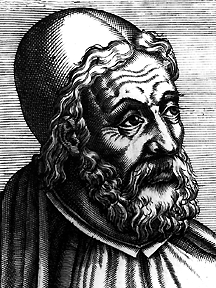
Ptolemy was a Greek astronomer who lived between 85-165 A.D. He put together his own ideas, those of Aristotle, and Hipparchus' system of epicycles and eccentric circles, to formulate the geocentric theory.
...more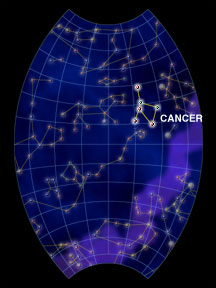
Cancer, the Crab, is a member of the Zodiac, a group of constellations that the Sun travels through each year. Cancer spends half of the year in the sky. It first rises in December and is visible through
...more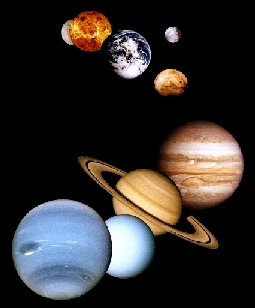
For many years, people believed that the Earth was the unmoving center of the universe and that the planets,Sun, moon, and the stars moved on spheres around the Earth. Astronomers such as Copernicus and
...more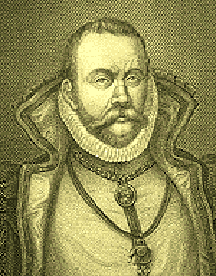
Tycho Brahe was a Danish astronomer who lived between 1546-1601. Although Tycho had his own model of the solar system, which differed from both the heliocentric and geocentric theories, his contributions
...more
